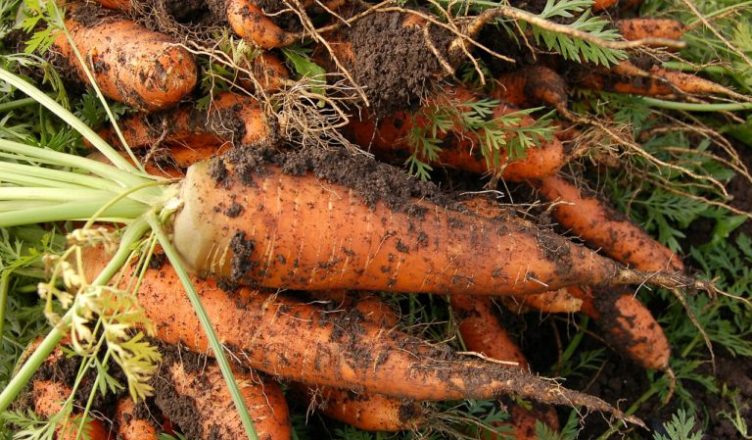Preparedness and self-sufficiency usually turns to food production at some point. Whether we’re old hats or just getting started, there are some set standards that tend to take place in the veggie garden. Sometimes they’re very well deserved. Sometimes, though, changing things up can make a difference in our ability to produce foods. Small scale or large, when it comes to the veggies, doing things differently can buy us the time and space to get started or expand our harvests.
Doing Things Differently
We may not have time for the conventional annual-veggie garden. The big square or rectangle of bare earth set off from the house takes a fair bit of time and water to maintain, even if there’s best management practices in place that return organic matter and keep the soil healthy.
Changing things up can help us save time, especially.
Where we place our veggies alone makes a huge difference for a lot of people. Growing in a bed system is its own article. So is mapping a home, yard, or larger property with a process called zoning. We can automatically make a few changes, however, to bring our veggies to more convenient locations.
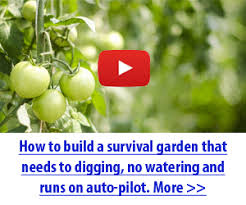
Why is convenience entering the conversation?
Right now, few of our primary “jobs” is producing food. Right now, gardens are in competition with jobs, overtime, family time, sports and activities for spouses and kids, caring for the home and property, volunteering somewhere, grooming and training pets, and keeping vehicles in good shape. We have to work in learning to darn holes and fix zippers and knit, making cheese or butter or bread from scratch, practice with firearms or hand-to-hand or primitive skills, and canning or dehydrating produce. We’re trying to slate time to hit Craigslist and yard sales to pick up the gear we want for a disaster or daily life. If we have an unrelated hobby (and for mental health, everybody needs a murder mystery or softball type hobby), that needs some time too.
We’re also tired, as a nation. A lot of people are up on their feet, working high stress jobs, or traveling. When we’re home with fifteen minutes between dinner, clean-up, and before-bed routines, we want to spend them with our feet up seeing what the Reality TV world or the sports world has been up to without us.
If our gardens aren’t convenient, they’re going to fall lower and lower on the list of what actually gets our scattered attention.
When our gardens are tucked further away, it’s easy to put them out of mind or say “later, tomorrow”.
If we have to criss-cross back and forth for tools, seeds, and water, drag out a hose, wheel a water barrel around, or even just hike thirty or fifty paces to get to our plot or beds, we’re less likely to be able to use that fifteen or thirty spare minutes we can scrounge, because we’ll eat up a big chunk of it just setting up.
That means gardens produce less, or end up in enough need that it becomes daunting to catch up. Then we’re even more likely to put things off.
Siting New “Beds”
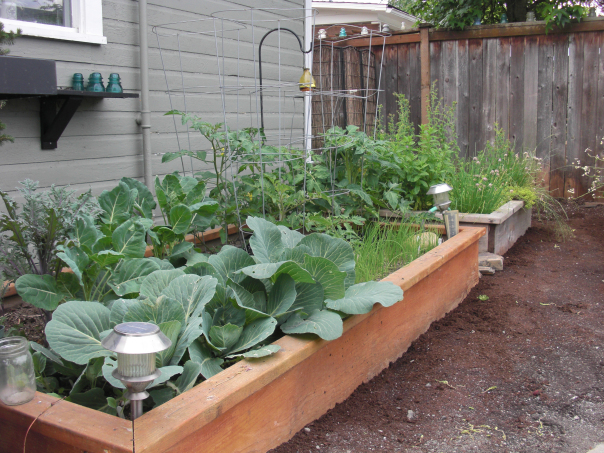
The first thing we can do a little differently is change where we garden – or produce foods, period. We can work windowsills, the verges of where we park vehicles, and areas that we pass regularly.
Some of us may hit our mailboxes from our vehicles, but some of us have them surrounded by low-need perennials – or weeds we don’t weed-whack as often as we should that we think about as we fetch in our junk mail and catalogs and then promptly forget about again. Most homes have a front stoop, a patio, or a deck or balcony somewhere.
Those are all places we can be producing foods pretty easily.
A lot of homes already have flower or tree or shrub beds somewhere around them, or foundation plantings. Expansion is regularly easier than bucking space out fresh. We can introduce a different type of annual or perennial to our aesthetics garden without losing much if any beautification value, or we can add a foot or two to the established spaces along verges. We can build up layers around the bases of trees, then add a solid top of soil or work smaller, and add just plugs and mounds of dirt to the top to garden in as we have time and money.
Trash cans and recycling don’t get a lot of aesthetics and are usually tucked somewhere out of sight, but are sometimes something we’re visiting a couple of times a week. If we only see them in the dark but for dragging them back around the garage, they’re not going to add much to the convenience of a garden bed or containers. However, if we see them in afternoons or early daylight, they can also be good places to stick veggies.
Water
One thing all gardens need is water. Even if we really only water to establish seeds and transplants, whether we container garden or grow in beds, or have big tilled plots, we’re going to have to provide some water. Even young trees and shrubs need some help with water in all but the rainiest areas.
In drought years, we have to plan on using more water yet.
There are two fixes there.
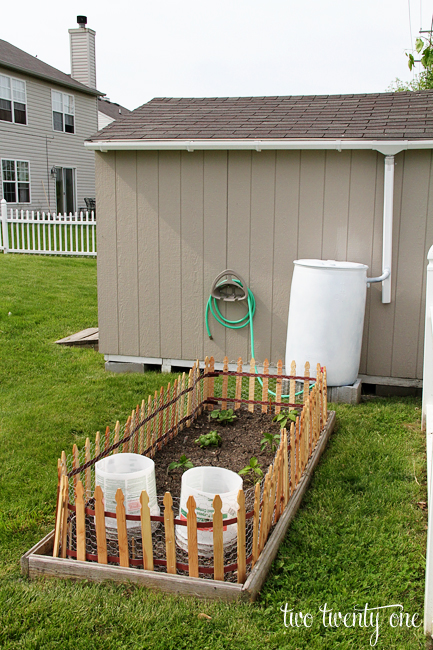
On one hand, we can put gardens close to water collection barrels or to hoses (but leaving convenient access for dragging the hose over for dogs baths, car washing, and cleaning camping gear or cleaning and butchering game and livestock).
The downside to that is they may be off our daily beaten path. Ideally, we’ll keep at least some of our gardening right there where we’re passing daily or multiple times a day.
On the other hand, we can try to work things so we’re gardening in places where we can add water collection along our daily paths, such as drip lines from porches, carports, and gutters. Other water sources include the trough(s) we dump regularly, the outside dog water dish that gets dumped and refilled, and coolers that get drained weekly.
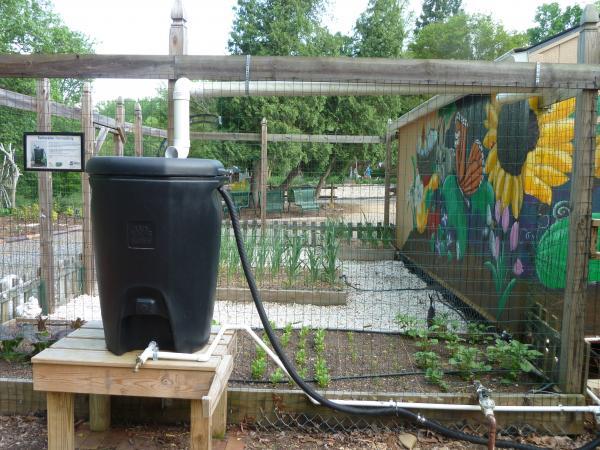
If we set up watering cans or buckets on carts that can get moved around readily as well as refilled easily, we’re even more likely to maintain our plants.
Mulch
Mulch is our friend. We have to use it correctly to gain the most benefits, though.
A loose scattering of straw and large bark mulch aren’t going to help repress weeds, and have limited value in reducing soil compaction or evaporation. Using organic mulches without a weed exclusion barrier like newsprint or landscaping fabric can help, but weeds are going to start popping through it faster, reducing the benefits.
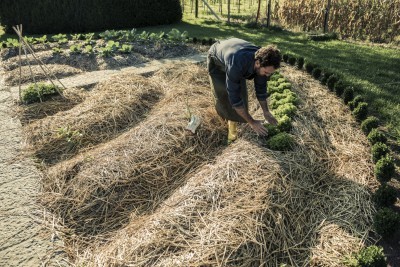
In some environments, we are going to burn through mulches pretty quick, especially the “soft” mulches like grass straw. If we use things like short-cut grasses and soft cover crops, we’ll have to be prepared to poke some holes through the crust that forms so air can still circulate and water can still infiltrate.
Even so, mulches make a huge difference in our gardens, and the work required to spread and maintain mulch has to be compared to the time it takes to water, weed, and till our garden plots and beds that are left with bare earth.
Weeds will blow in and be dropped by birds, and can establish in the surfaces of our beds, but it’s a hundred times easier to pull those from a nice, thick mulch bed than it is the soil, and those weeds aren’t in direct competition with our plants – it’ll take time for them to work their roots down and start stealing their nutrients. Mulch gives us a chance to catch those weeds before they impact our plants, and to get them out whole and completely, so we don’t fight the same ones over and over.
Research Growing Methods
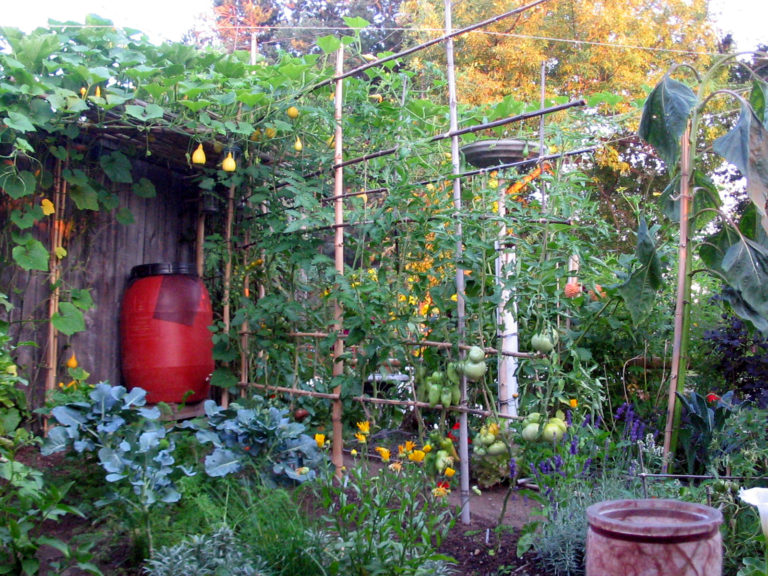
We don’t want to rely too heavily on bagged soil, chemicals, and commercial products, even for veggies to go with our stores wheat, rice and beans. We’ll do better to start finding homeopathic, sustainable solutions.
Things like companion planting where the plants growing together provide the resources each other need – from pest protection to extra boosts of fertilizer – and self-feeding, self-watering hugel mounds/beds, or self-composting keyhole beds can all help reduce our dependency on fuels while also making our garden veggies easier and faster to care for, and more productive. Other bed designs such as the layered lasagna or trash-beds, and no-till or perma-mulched beds can let us quickly get started or expand, and limit the effort and resources our gardens need.
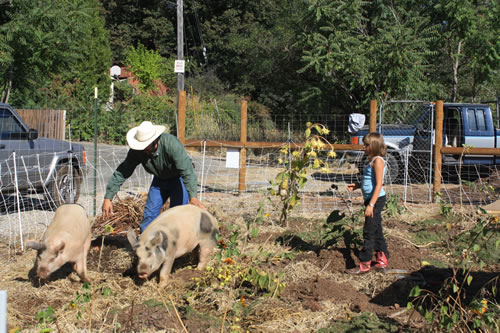
Chickens are happy to help us both turn and spread our compost.
Cover cropping our veggie gardens, practicing crop rotation even if we grow in small containers and buckets, and even the ways we incorporate our small or large livestock into our garden practices – for more than cured manure – can all contribute to thriving plots and beds that take less work.
We do want to be mindful of the alternative methods that maybe look great, but that take a lot of outside resources like peat moss or straw, or that require a lot of soil rejuvenation each year, but there are a million and five ways to produce a tomato, a pumpkin, and a bean.
Some of them involve soil and plants only, while others stretch creativity with duck-aponics and chicken moats that create weed barriers and limit pest invasions.
Beating the Normalcy Bias
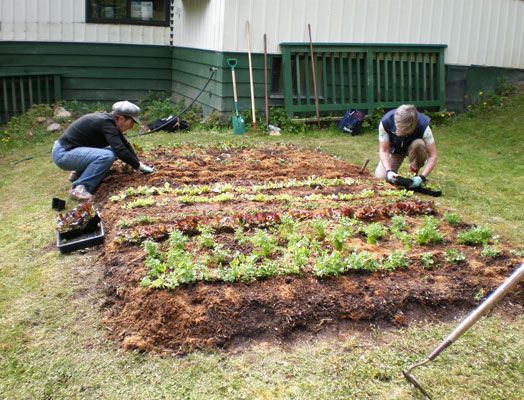
Switching up how we garden, from location to type of growing style, can greatly affect our success even with time and budget constraints. All we have to do is step away from the way people have “always” done things.
That can be hard.
It doesn’t matter that we as a species accept change when it comes to medicine, travel, communication methods, and vehicles. People like to garden the way generations have gardened before them, even when those methods result in deficient soils and take a lot of time and effort, year after year. “Till” and “lime the soil” are passed down like genetics.

As preppers, we pride ourselves on being more aware than the average bear, and doing things differently so our families can weather future storms. Maybe if we apply a little of that mentality to our gardens, we’ll be a little more comfortable doing that differently, too. It can result in an easier garden to maintain, a more fruitful garden, and a little more time to spend on all the rest of preparedness and daily life.
source : R.Ann Paris

